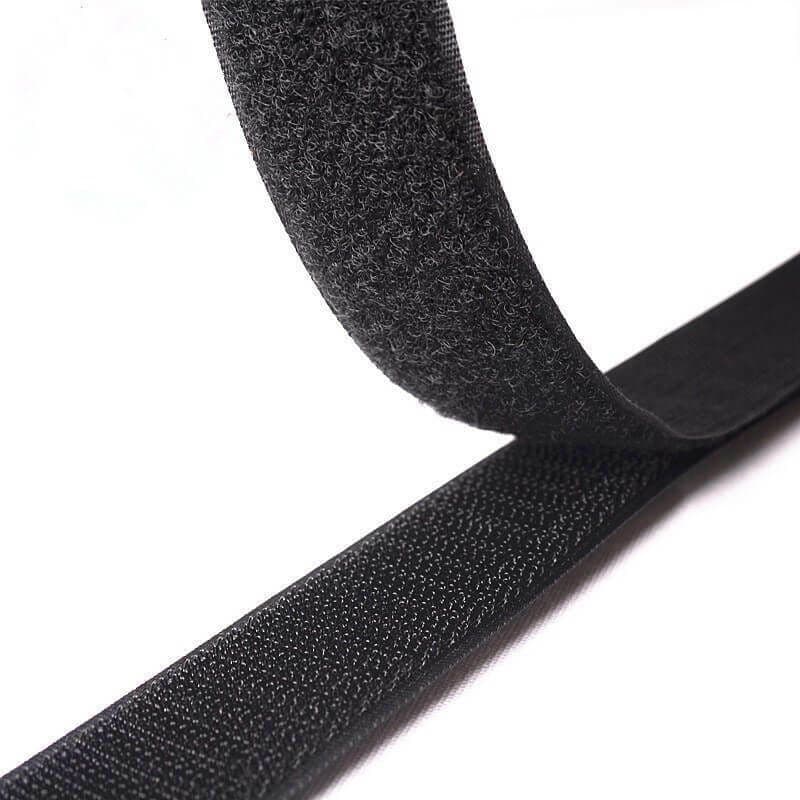Webbing plays a crucial role in various sewing projects, offering strength, durability, and flexibility. This guide dives into the specifics of webbing, illustrating its uses, types, and how to select the right webbing for your sewing projects.
Types of Webbing
Cotton Webbing
Cotton webbing is popular for its soft texture and versatility. It's perfect for projects requiring a comfortable grip, such as handles for bags or belts. Cotton webbing comes in various widths and strengths, making it suitable for lightweight to medium applications.
Nylon Webbing
Nylon webbing stands out for its exceptional strength and durability. It's ideal for heavy-duty applications, such as outdoor gear, pet leashes, and safety harnesses. Nylon's resistance to abrasion and moisture makes it a top choice for items exposed to harsh conditions.
Polyester Webbing
Polyester webbing combines the best of both worlds: the strength of nylon and the UV resistance of polypropylene. It's the go-to choice for outdoor furniture, marine applications, and automotive towing straps. Polyester's low stretch rate ensures that items remain secure and in place.
Uses of Sewing Webbing
Reinforcement
Webbing is essential for reinforcing areas that undergo stress, such as bag bottoms, straps, and seams. By adding a layer of webbing, you significantly increase the item's strength and lifespan.
Creation of Handles and Straps
Webbing is the backbone of durable handles and straps for bags, backpacks, and luggage. It ensures that they can support significant weight without tearing or stretching out of shape.
Decorative Elements
Beyond functionality, webbing adds a decorative touch to projects. Available in various colors and patterns, it can enhance the visual appeal of an item, making it both stylish and practical.

Selecting the Right Webbing
Consider the Project Requirements
- Strength and Durability: For heavy-duty applications, choose nylon or polyester webbing. For lighter items, cotton webbing may suffice.
- Exposure to Elements: If the item will face outdoor conditions, polyester webbing is preferable due to its UV and moisture resistance.
- Comfort: For items that come into direct contact with the skin, such as clothing or accessories, opt for cotton webbing for its softness.
Assess the Specifications
- Width and Thickness: Ensure the webbing fits the hardware you plan to use, such as buckles and clasps.
- Color and Pattern: Select a color or pattern that complements your project's design.
- Cost and Budget: Nylon and polyester webbing may be more costly than cotton, but their durability often justifies the investment.
Conclusion
Webbing is a versatile material that enhances the functionality, durability, and aesthetic appeal of sewing projects. By understanding the types of webbing and their specific uses, you can select the perfect webbing to meet the demands of any project. Remember to consider the material's strength, exposure to elements, and comfort level to ensure your finished product stands the test of time and use.